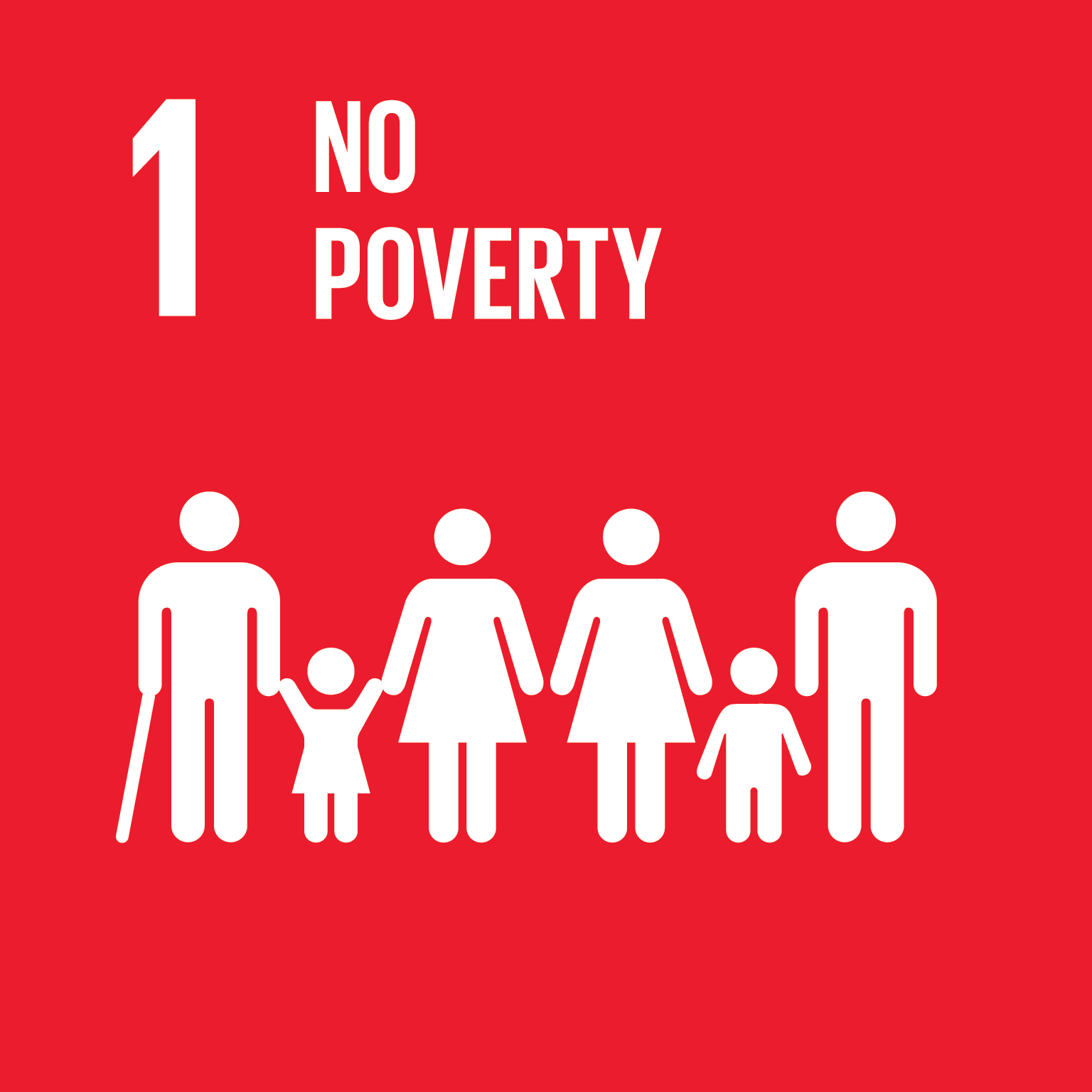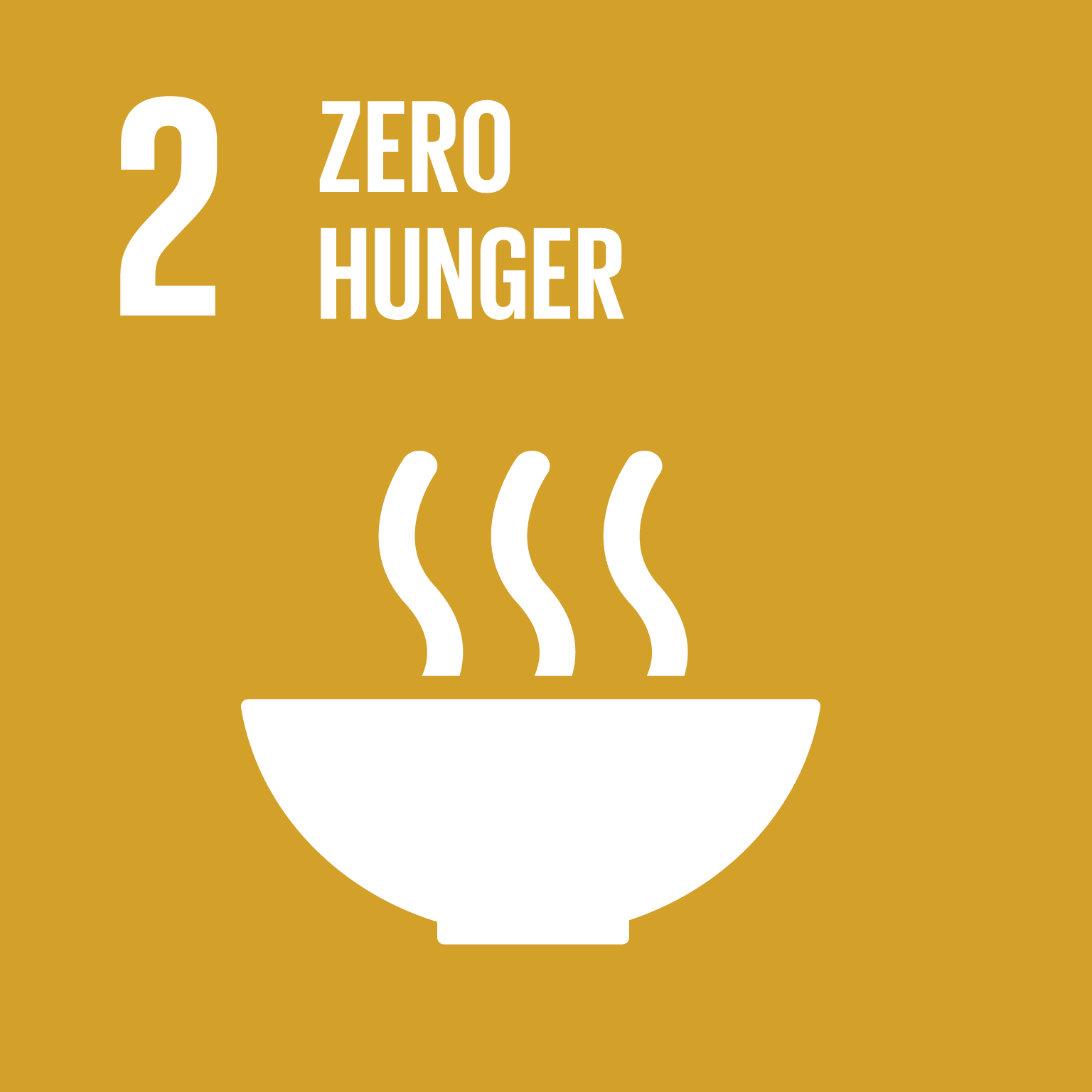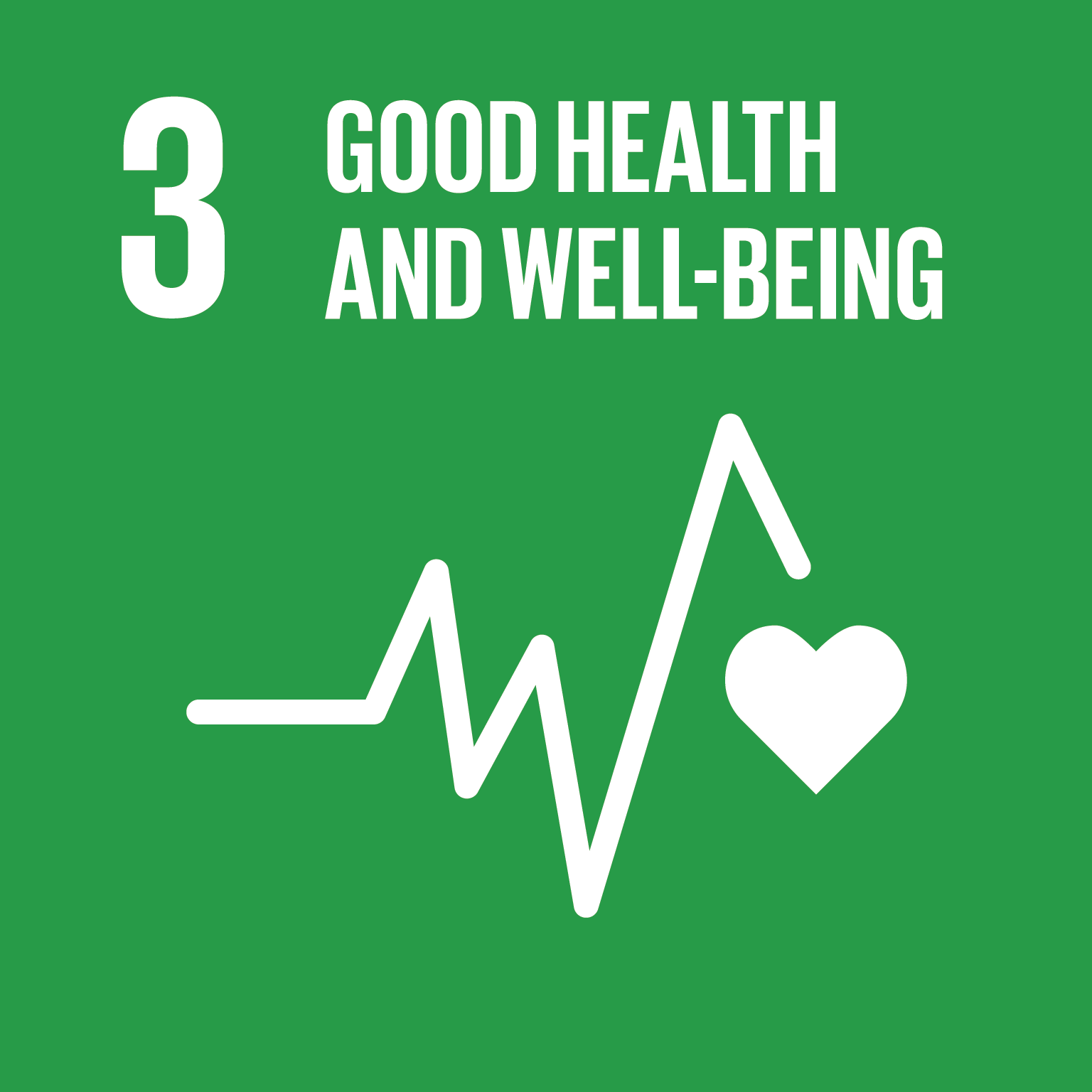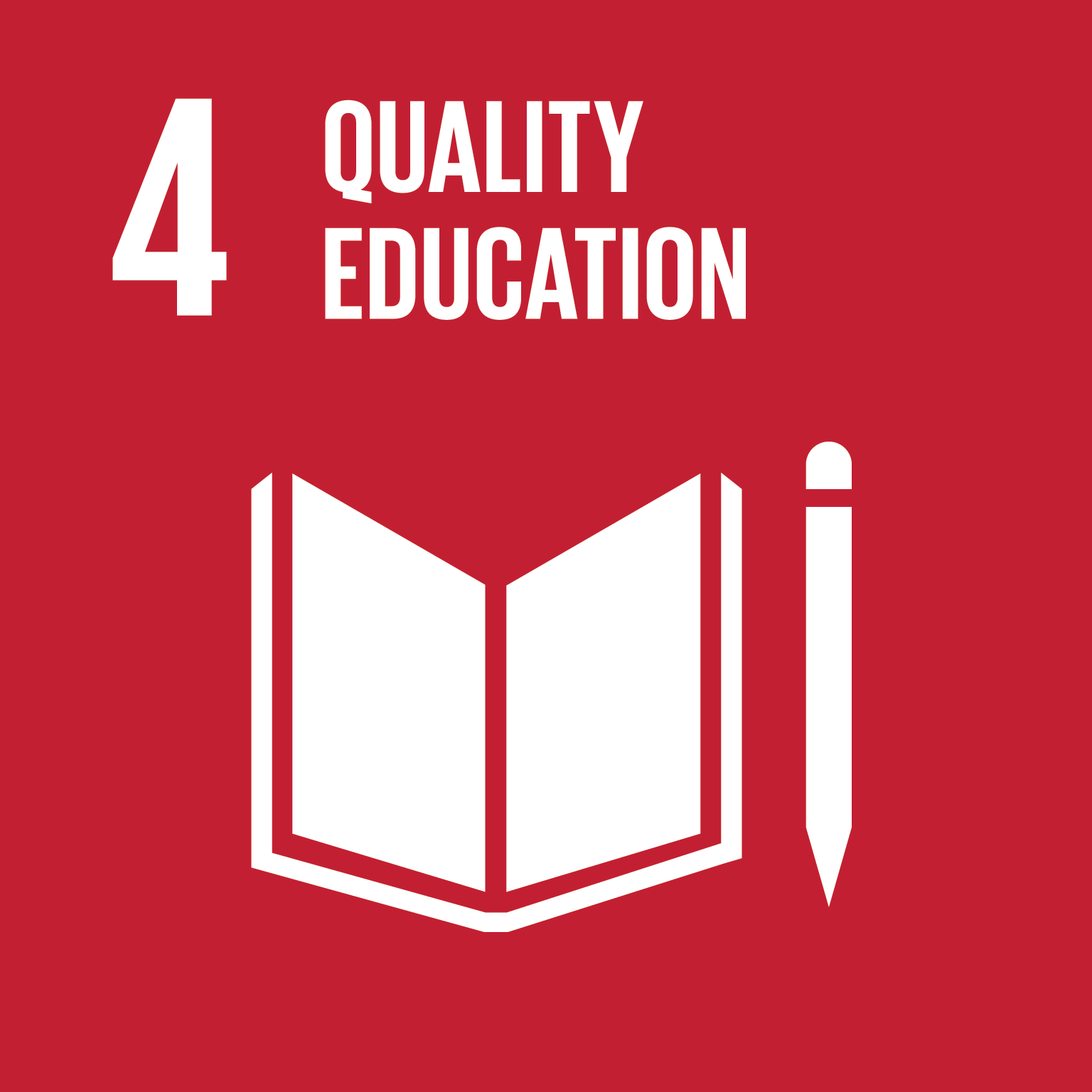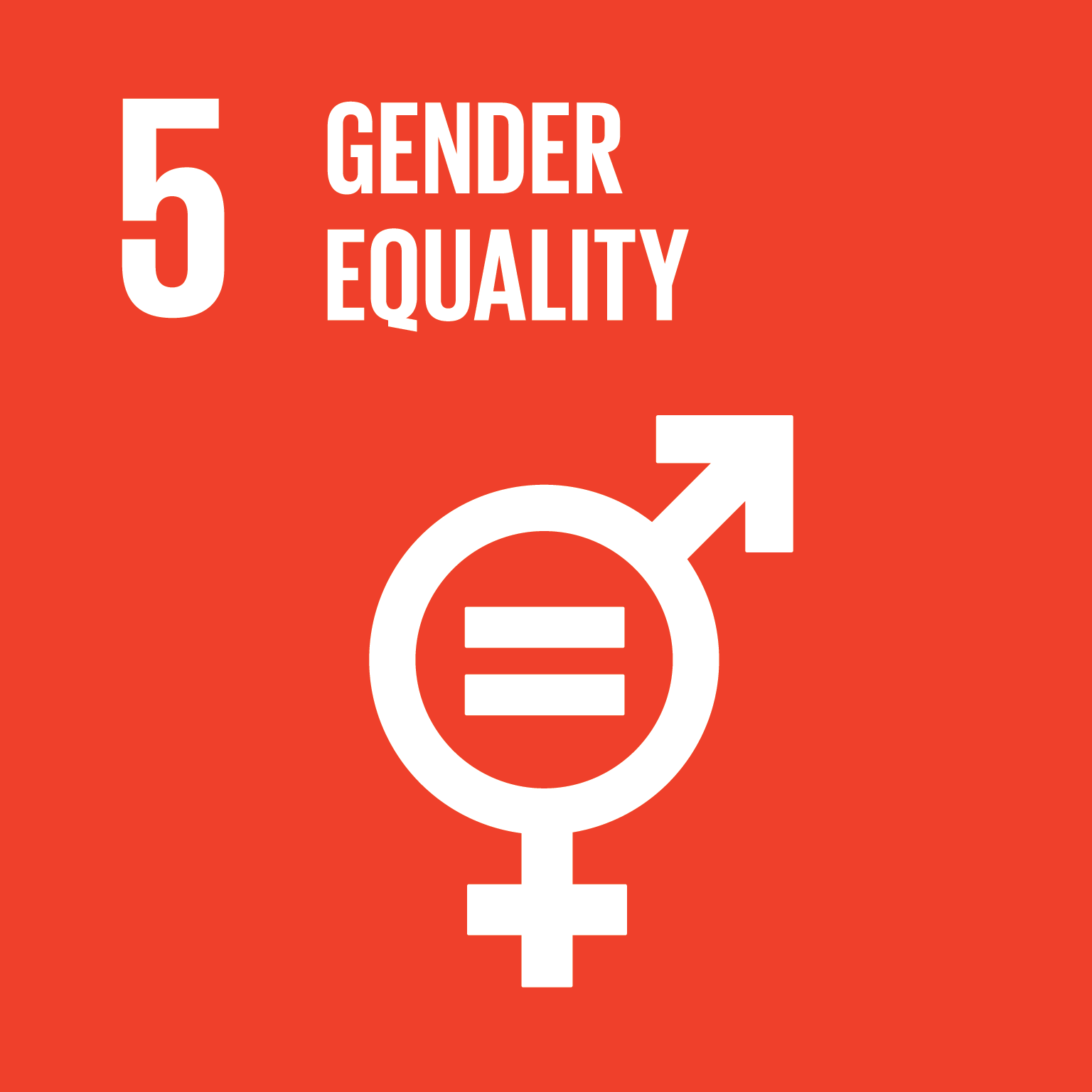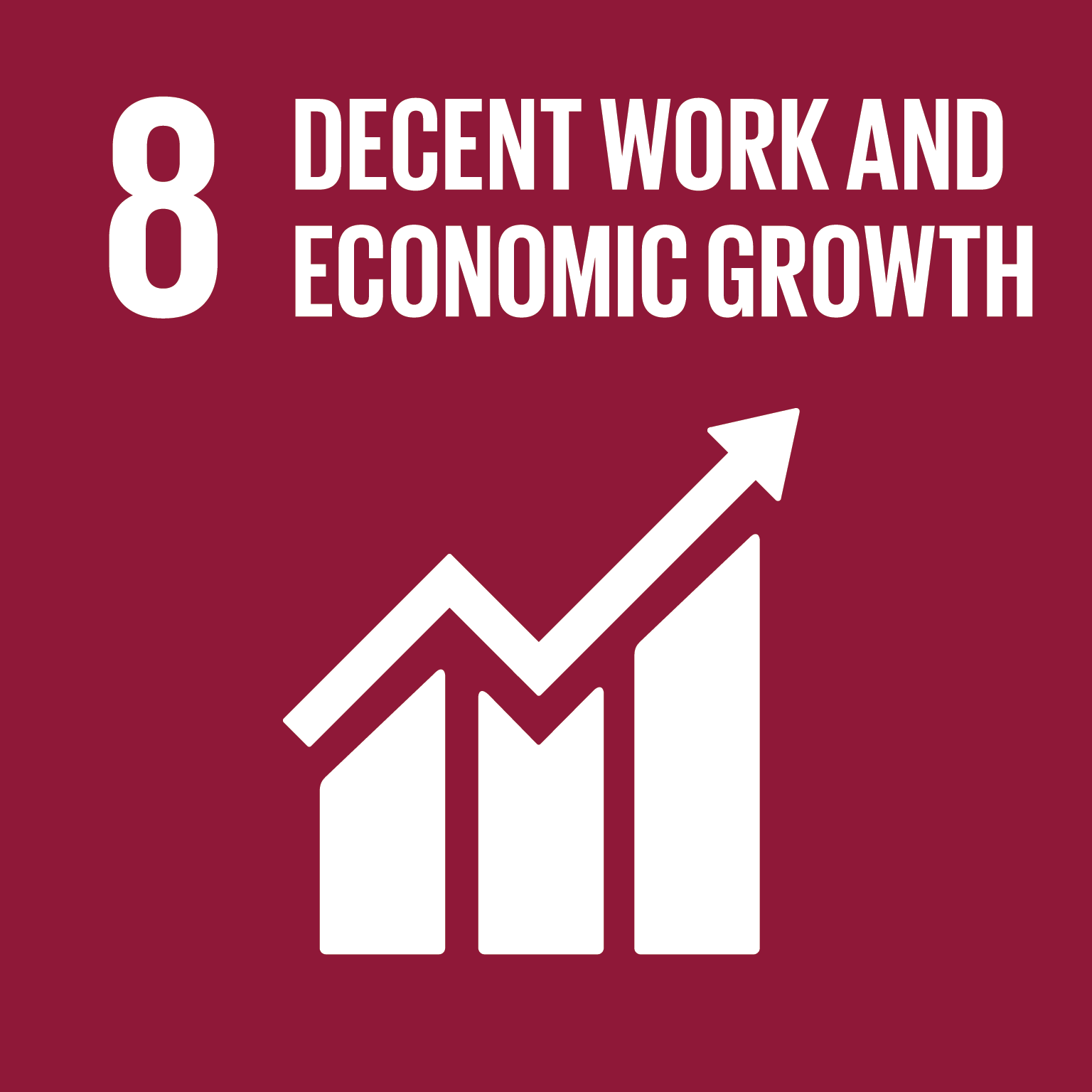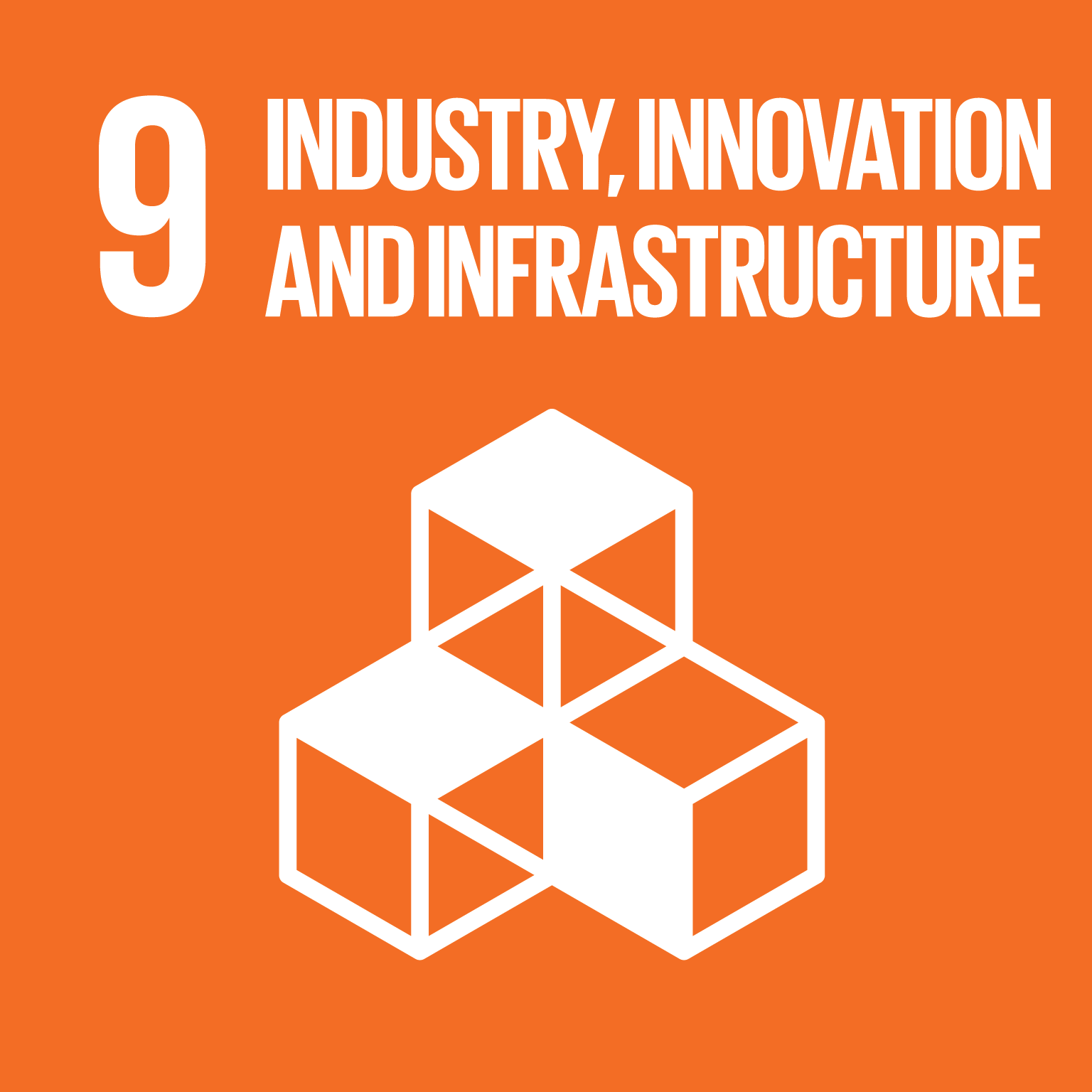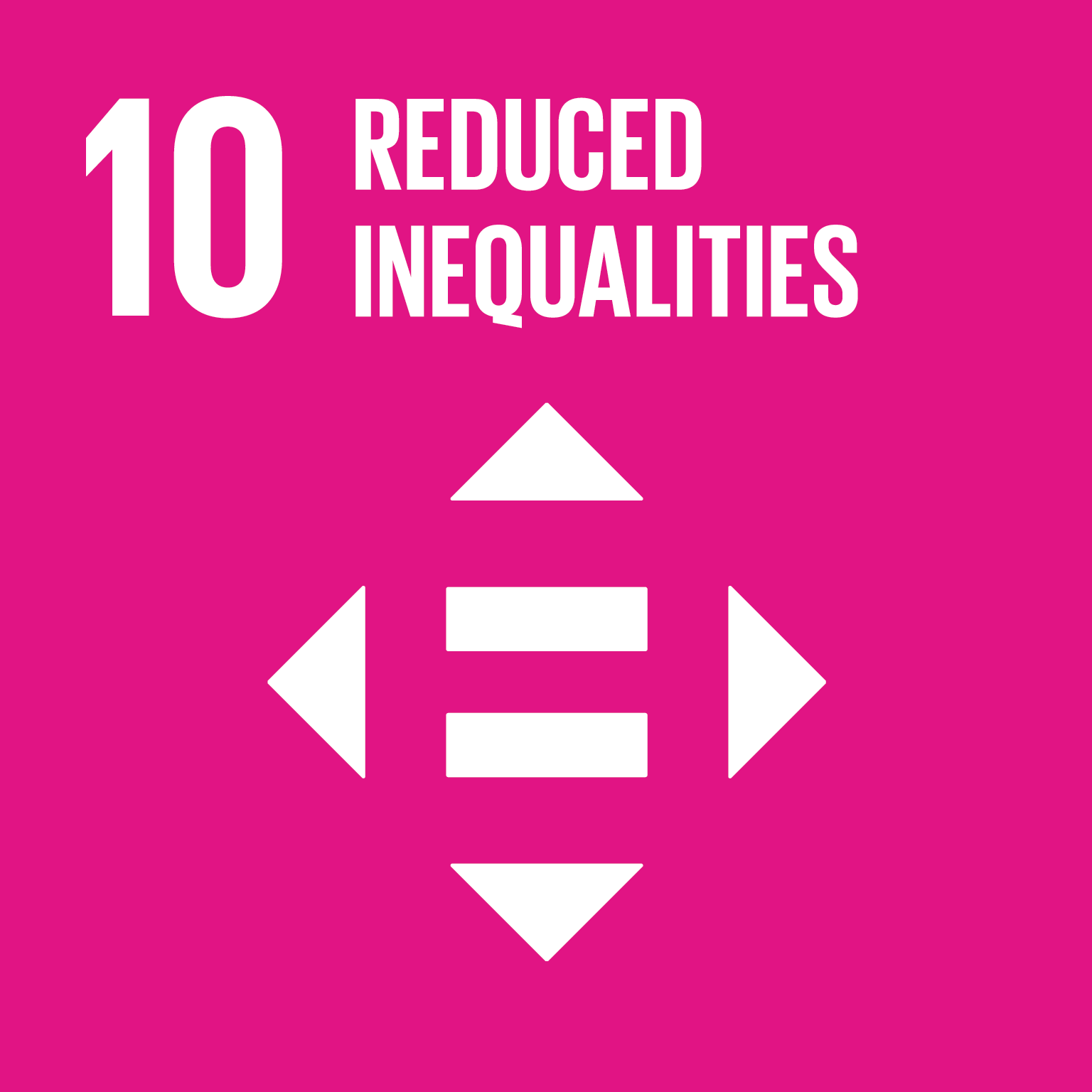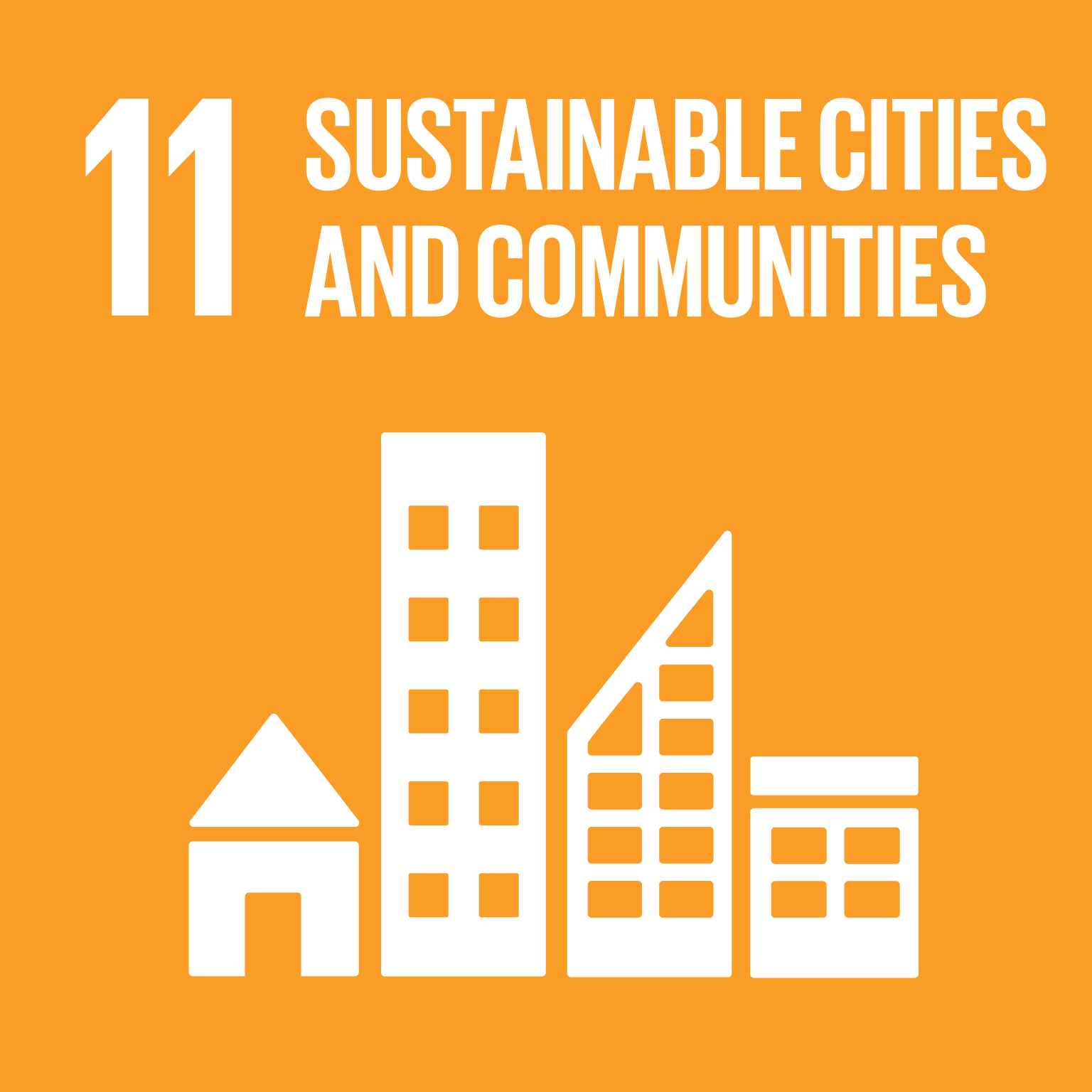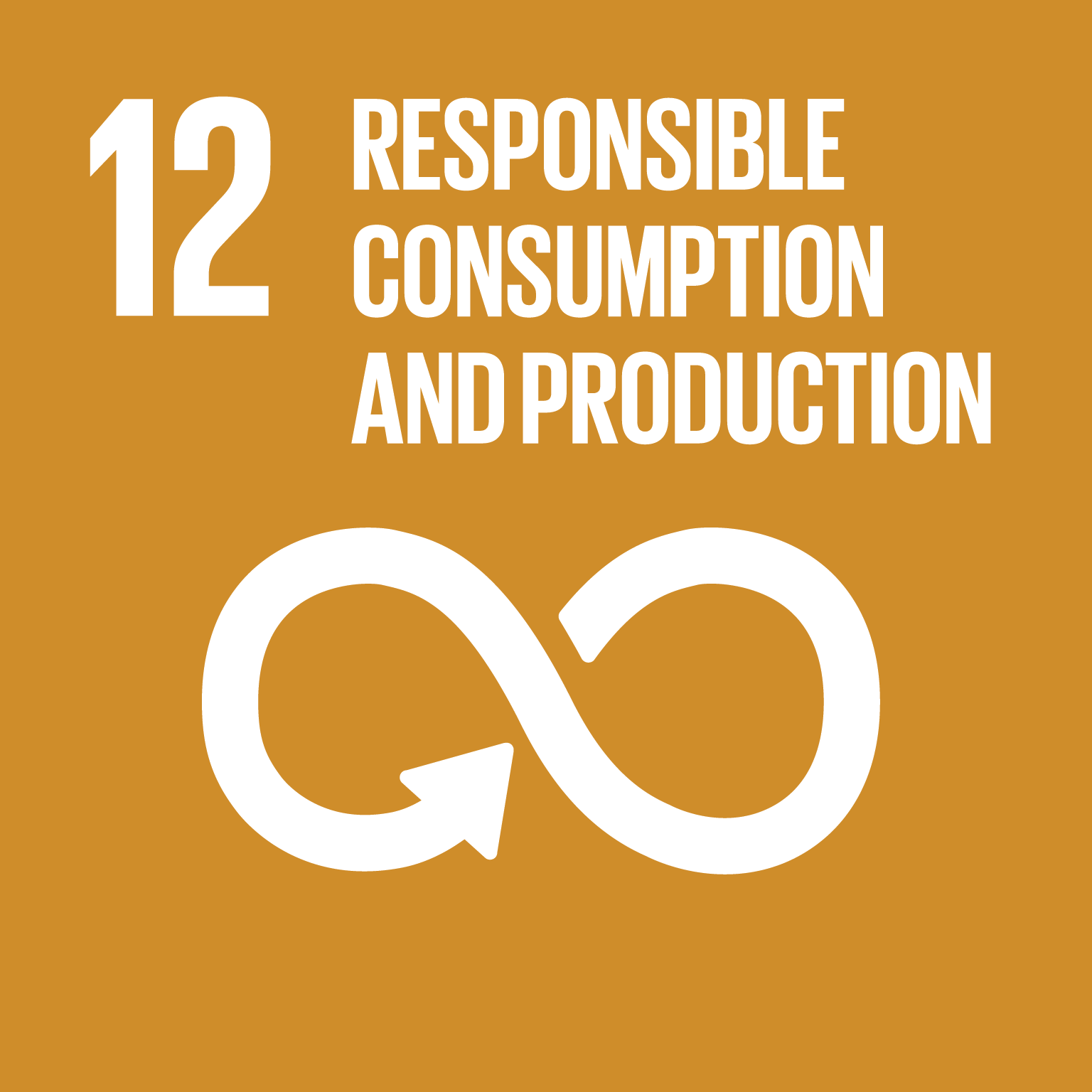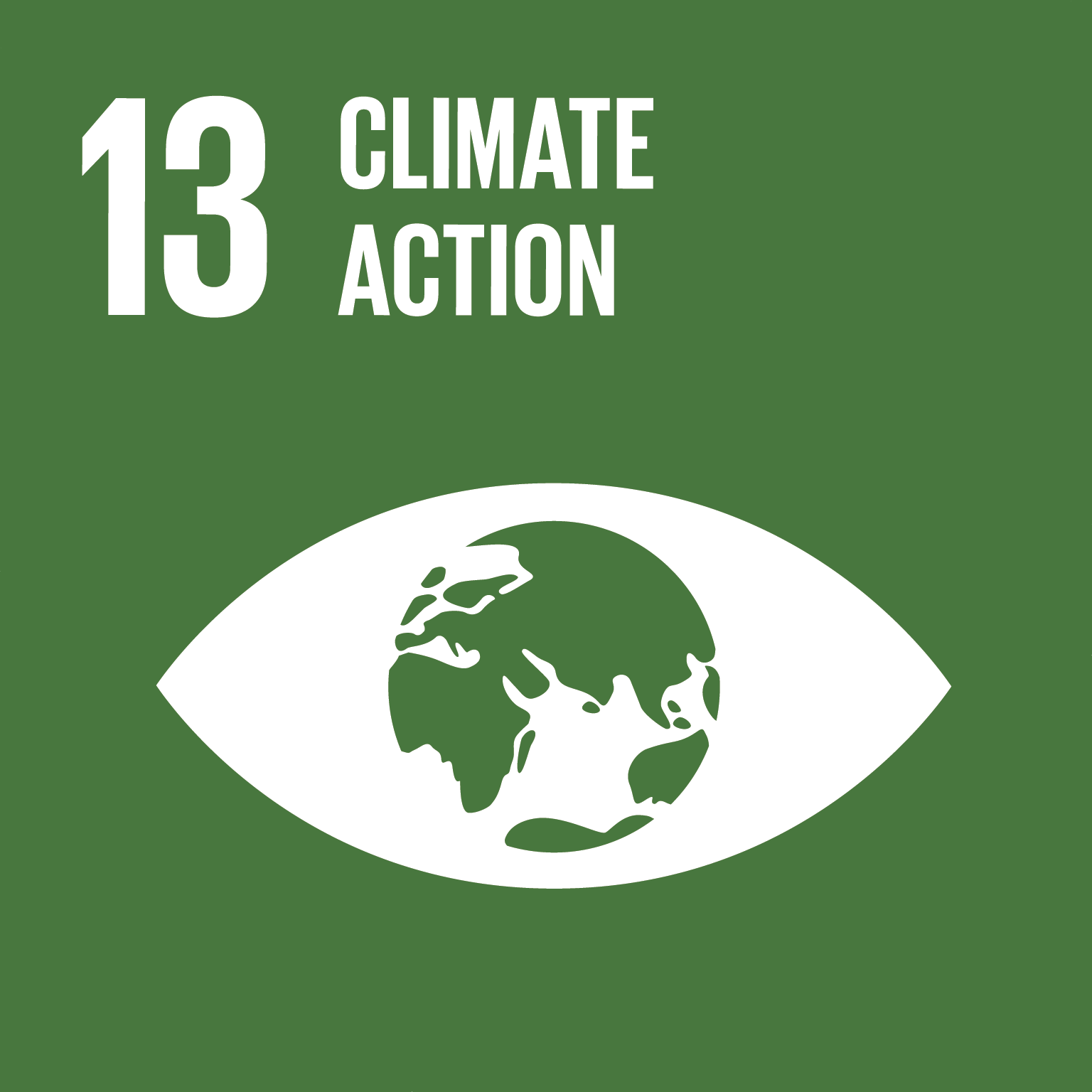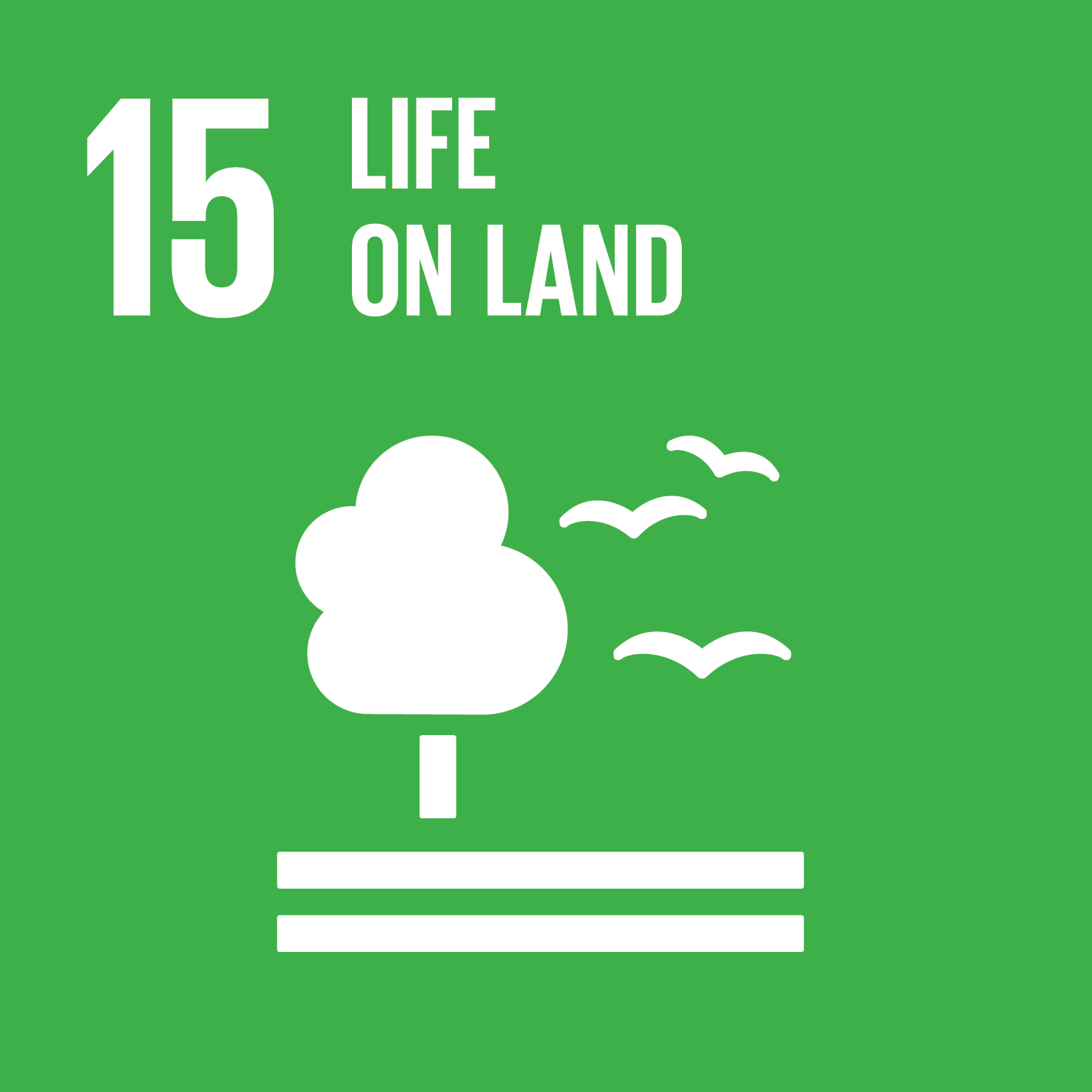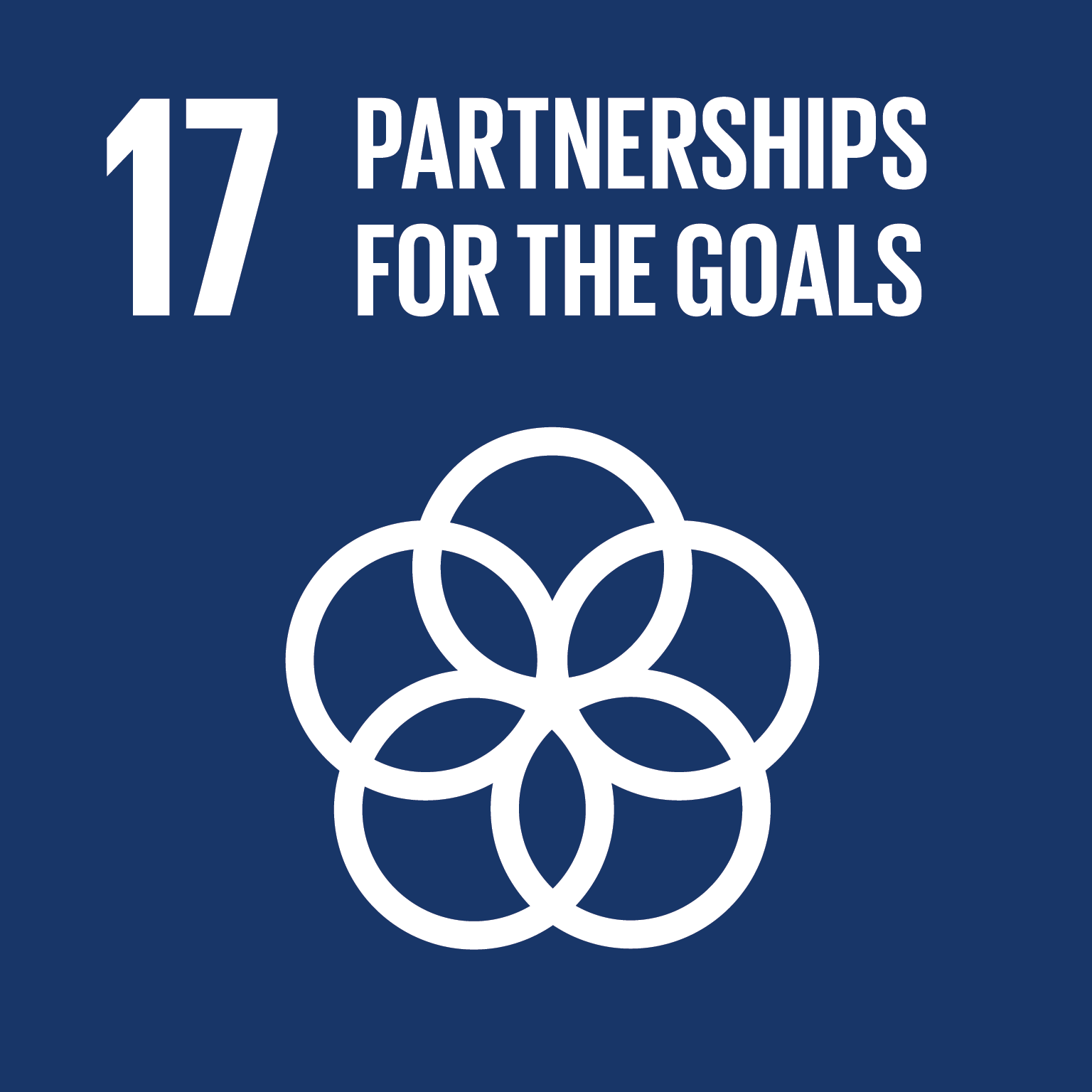Sustainable Development Goals - Overview
G9: Industry, Innovation, And Infrastructure
Build resilient infrastructure, promote inclusive and sustainable industrialization and foster innovation
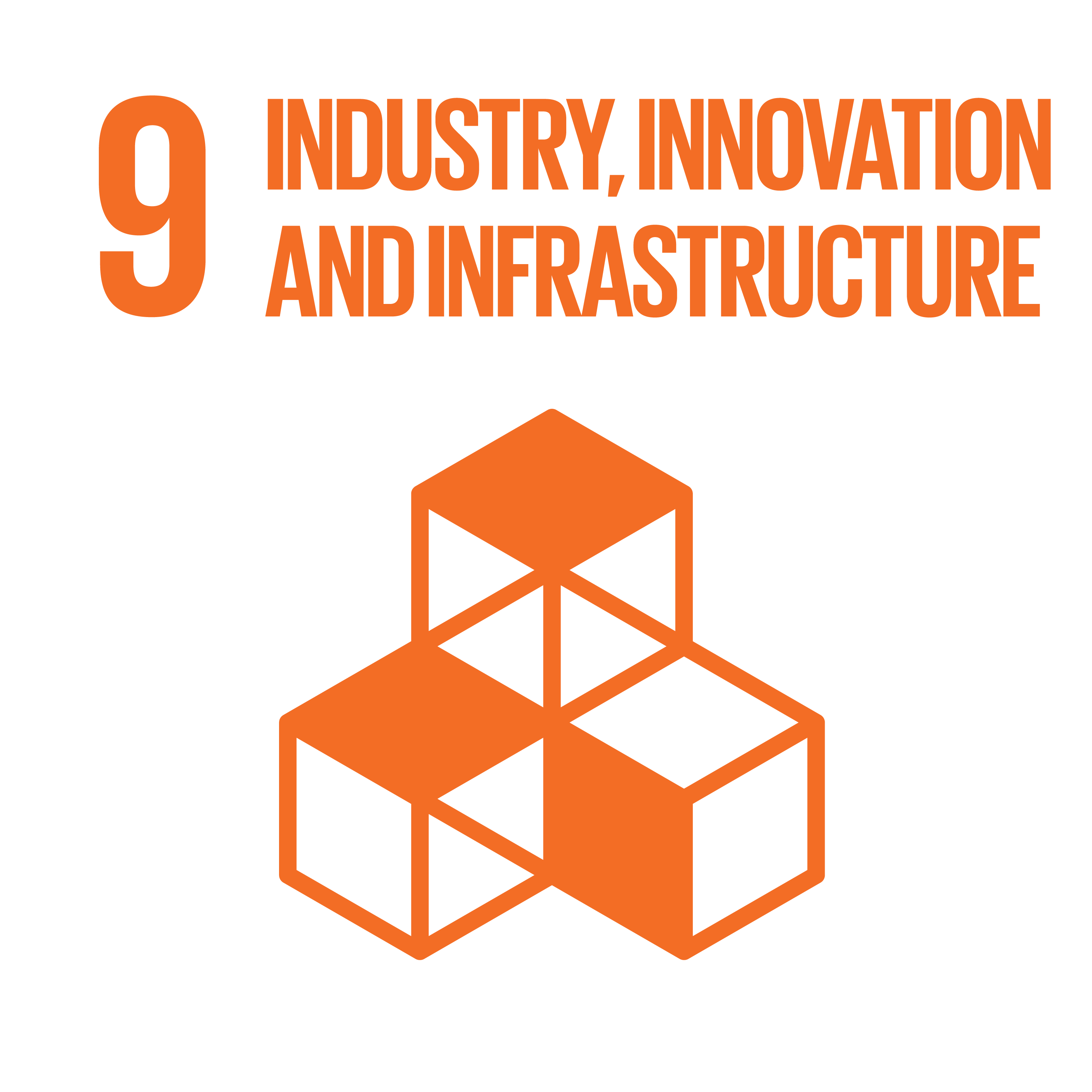
-
Target 9.1: Develop quality, reliable, sustainable and resilient infrastructure, including regional and transborder infrastructure, to support economic development and human well-being, with a focus on affordable and equitable access for all
-
Indicator 9.1.1: Proportion of the rural population who live within 2 km of an all-season road Economic
-
Indicator 9.1.2: Passenger and freight volumes, by mode of transport Economic
-
-
Target 9.2: Promote inclusive and sustainable industrialization and, by 2030, significantly raise industry’s share of employment and gross domestic product, in line with national circumstances, and double its share in least developed countries
-
Indicator 9.2.1: Manufacturing value added as a proportion of GDP and per capita Economic
-
Indicator 9.2.2: Manufacturing employment as a proportion of total employment Economic
-
-
Target 9.3: Increase the access of small-scale industrial and other enterprises, in particular in developing countries, to financial services, including affordable credit, and their integration into value chains and markets
-
Indicator 9.3.1: Proportion of small-scale industries in total industry value added Economic
-
Indicator 9.3.2: Proportion of small-scale industries with a loan or line of credit Economic
-
-
Target 9.4: By 2030, upgrade infrastructure and retrofit industries to make them sustainable, with increased resource-use efficiency and greater adoption of clean and environmentally sound technologies and industrial processes, with all countries taking action in accordance with their respective capabilities Social
-
Indicator 9.4.1: CO2 emission per unit of value added Economic Social
-
-
Target 9.5: Enhance scientific research, upgrade the technological capabilities of industrial sectors in all countries, in particular developing countries, including, by 2030, encouraging innovation and substantially increasing the number of research and development workers per 1 million people and public and private research and development spending
-
Indicator 9.5.1: Research and development expenditure as a proportion of GDP Economic
-
Indicator 9.5.2: Researchers (in full-time equivalent) per million inhabitants Economic Environmental
-
-
Target 9.a: Facilitate sustainable and resilient infrastructure development in developing countries through enhanced financial, technological and technical support to African countries, least developed countries, landlocked developing countries and small island developing States International Cooperation
-
Indicator 9.a.1: Total official international support (official development assistance plus other official flows) to infrastructure Economic
-
-
Target 9.b: Support domestic technology development, research and innovation in developing countries, including by ensuring a conducive policy environment for, inter alia, industrial diversification and value addition to commodities
-
Indicator 9.b.1: Proportion of medium and high-tech industry value added in total value added Economic
-
-
Target 9.c: Significantly increase access to information and communications technology and strive to provide universal and affordable access to the Internet in least developed countries by 2020
-
Indicator 9.c.1: Proportion of population covered by a mobile network, by technology Economic
-
Goals
-
Goal 1.2: Increase Economic Resilience.
Strong Aspiration 1. Moonshot 1: Ev -
Goal 2.2: Increase connectivity infrastructures that criss-cross countries.
Strong Aspiration 2. Moonshot 2: Af -
Goal 6.1: Increase access to quality, inclusive and relevant education and skills learning system for all citizens.
Weak Aspiration 6. Moonshot 6: Af -
Goal 7.1: Strengthen Africa's position and competitiveness in global affairs.
Strong Aspiration 7. Moonshot 7: Af
Targets
-
Target 1.2.2: Maintain growth in manufacturing value addition that exceeds GDP growth.
Strong -
Target 2.2.1: Make at least 80% progress in the completion of inter-African transport connectivity by road.
Strong -
Target 2.2.2: Make at least 50% progress in the completion of inter-African transport connectivity by rail.
Strong -
Target 2.2.3: Provide access to Internet connectivity of at least 6 Mb per second to 80% of the population.
Strong -
Target 6.1.9: Africa contributes at least 10% to the global scientific research output; at least 50% of the research output translates into innovation and production.
Strong -
Target 7.1.5: Fully functional African Global Partnership Platform.
Weak
Indicators
-
Indicator 10: Share of manufacturing value added to GDP.
Strong -
Indicator 24: % completion of Trans African Highways missing links.
Weak -
Indicator 25: % completion of the African Integrated Railway System.
Weak -
Indicator 26: % of population with access to internet connectivity of at least 6 mbps.
Strong -
Indicator 87: Share of Africa's contribution to the global scientific research output.
Strong
Goals
-
Goal 2: Leveraging the power of science, technology, and innovation to fight against multidimensional vulnerabilities and to achieve the Sustainable Development Goals.
Strong Access to mode Science, techn Promoting priv -
Goal 3: Supporting structural transformation as a driver of prosperity.
Strong Productive cap Infrastructure Connecting lea Support for pr
Targets
-
Target 2.01.01: Substantially increase investment from all sources in research and development, as well as human and institutional capacity-building, for least developed countries within an international enabling environment..
Strong -
Target 2.01.02: Increase investment for adequate digital infrastructure to support sustainable and inclusive digital development, including for e-learning, e-governance and e-commerce..
Weak -
Target 2.01.03: Promote the transfer of technology on mutually agreed terms, including digital and environmentally sound technologies, to least developed countries..
Weak -
Target 2.01.04: Promote the development of effective, balanced, inclusive and enabling ecosystems for innovation and creativity in least developed countries..
Weak -
Target 2.01.05: Each least developed country will establish and strengthen a national science institute to promote local innovations, research, design and development, including emerging technologies..
Strong -
Target 2.02.01: Support the efforts of least developed countries to significantly improve their science, technology and innovation infrastructure and innovation capacities by 2031..
Strong -
Target 2.02.02: Ensure universal and affordable access to and meaningful use of the Internet by all in the least developed countries by 2030..
Strong -
Target 3.01.03: Promote inclusive and sustainable industrialization and, by 2030, double industry’s share of employment and GDP in least developed countries..
Strong -
Target 3.02.01: Significantly expand, upgrade and maintain and gain access to safe, affordable, accessible and sustainable transport infrastructure and national and cross-boundary connectivity and ensure that all forms of transport infrastructure are maintained through closing the missing links and strengthening institutional capacities to manage transport services..
Strong -
Target 3.05.02: Ensure full and equal access to financial services and products for micro-, small medium-sized enterprises, including insurance, especially for women, and improve financial and digital literacy..
Strong
Indicators
-
Indicator 2.01.01.01: Research and development expenditure as a proportion of GDP.
Strong -
Indicator 2.01.01.02: Researchers (in full-time equivalent) per million inhabitants.
Strong -
Indicator 2.01.02.02: ICT Development Index.
Weak -
Indicator 2.01.04.01: Institutional structure: Separate ICT regulator? (Yes/No).
Weak -
Indicator 2.01.04.02: Global Innovation Index scores.
Weak -
Indicator 2.01.06.01: Manufacturing value added as a proportion of GDP and per capita.
Strong -
Indicator 2.01.06.02: Proportion of medium and high-tech industry value added in total value added.
Strong -
Indicator 2.02.01.01: R&D expenditure as a percentage of GDP in LDCs.
Strong -
Indicator 2.02.04.01: Proportion of small-scale industries with a loan or line of credit.
Strong -
Indicator 2.02.06.01: Proportion of population covered by a mobile network, by technology.
Strong -
Indicator 2.03.03.01: Total official international support (official development assistance plus other official flows) to infrastructure.
Strong -
Indicator 3.01.03.02: Manufacturing employment as a proportion of total employment.
Strong
Goals
-
Goal 1: Structural transformation and science, technology and innovation.
Strong -
Goal 2: Trade, trade facilitation and regional integration.
Weak -
Goal 3: Transit, transport and connectivity.
Strong -
Goal 4: Enhancing adaptive capacity, strengthening resilience and reducing vulnerability to climate change and disasters.
Strong -
Goal 5: Means of implementation.
Weak
Targets
-
Target 1.02.01: Enhance business ecosystems conducive to private sector development in landlocked developing countries..
Strong -
Target 1.02.02: Broaden and diversify the entrepreneurial base of landlocked developing countries to better include women and the youth and accelerate their inclusive development, including through targeted technical support..
Strong -
Target 1.03.01: Substantially increase investment from all sources in research and development, and in building accessible, reliable and affordable digital infrastructure, including for e-learning, e-governance and e-commerce in landlocked developing countries..
Strong -
Target 1.03.02: Promote the development of effective, balanced, open, inclusive and enabling ecosystems for research, innovation and creativity..
Strong -
Target 1.03.04: Support landlocked developing countries in accessing technologies and in conducting technology needs assessments, including using existing science, technology and innovation mechanisms and facilities..
Strong -
Target 1.03.05: Strengthen or establish centres of science, technology and innovation, especially on research and development to promote local innovations, research, design and development, including in emerging technologies, and enhance digital literacy and proficiency, including in advanced analytics, artificial intelligence, and automation technologies, to harness opportunities and optimize the use of new and emerging technology..
Strong Strong -
Target 1.03.06: Increase action to bridge the artificial intelligence and other digital divides between and within countries..
Strong -
Target 1.04.01: Double the contribution of manufacturing value added to the gross domestic product of the landlocked developing countries by 2034..
Strong -
Target 1.04.02: Double the share of medium and high-tech manufacturing in the total value added in manufacturing of the landlocked developing countries by 2034..
Strong -
Target 1.04.03: Provide adequate support to landlocked developing countries to adopt proactive, equitable, inclusive and sustainable industrial policies, in support of their national priorities..
Strong Strong Strong -
Target 3.01.02: Develop resilient, sustainable, safe and smart transit infrastructure to fulfil Sustainable Development Goal targets 9.1.2, 9.a and 3.9..
Strong Strong -
Target 3.01.04: Significantly expand, upgrade and maintain access to safe, affordable, accessible and sustainable transport infrastructure and national and cross-boundary connectivity, including through multimodal systems and closing the missing links in regional infrastructure, while strengthening institutional capacities to manage transport services..
Strong -
Target 3.01.05: Develop standardized cross-border transport infrastructure and transit requirements between landlocked developing countries and transit countries..
Strong -
Target 3.01.06: Explore the establishment of an infrastructure investment finance facility for landlocked developing countries..
Strong -
Target 3.02.01: Significantly increase access to information and communications technologies and strive to provide universal and affordable access to the Internet in landlocked developing countries..
Strong -
Target 3.02.02: Achieve universal access to the Internet by 2030 by expanding access to both submarine cables and other available sources, including satellite-based Internet connectivity..
Strong -
Target 3.02.04: Expand connectivity and digital transformation in landlocked developing countries with a focus on but not limited to hardest-to-connect communities, including through the Partner2Connect initiative..
Strong -
Target 3.03.06: Scale up finance and targeted support for clean and renewable energy and enhance capacities in energy production, trade and distribution in the landlocked developing countries..
Weak -
Target 4.04.01: Strengthen disaster and climate risk analysis as an integral part of resilient infrastructure development and maintenance policies, plans and programmes..
Weak -
Target 4.04.02: Continue to provide financial and technical assistance to landlocked developing countries for building and maintaining nationally and regionally integrated, quality, reliable, sustainable and resilient as well as climate- and disaster-resilient infrastructure in sectors such as transport, energy and information and communications technology..
Strong -
Target 5.04.03: Ensure that financial services related to remittances are equally accessible for both women and men..
Weak
Indicators
- No alignments!

